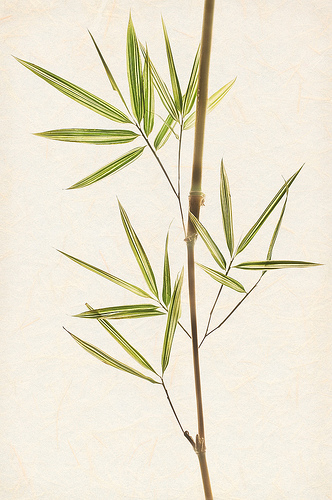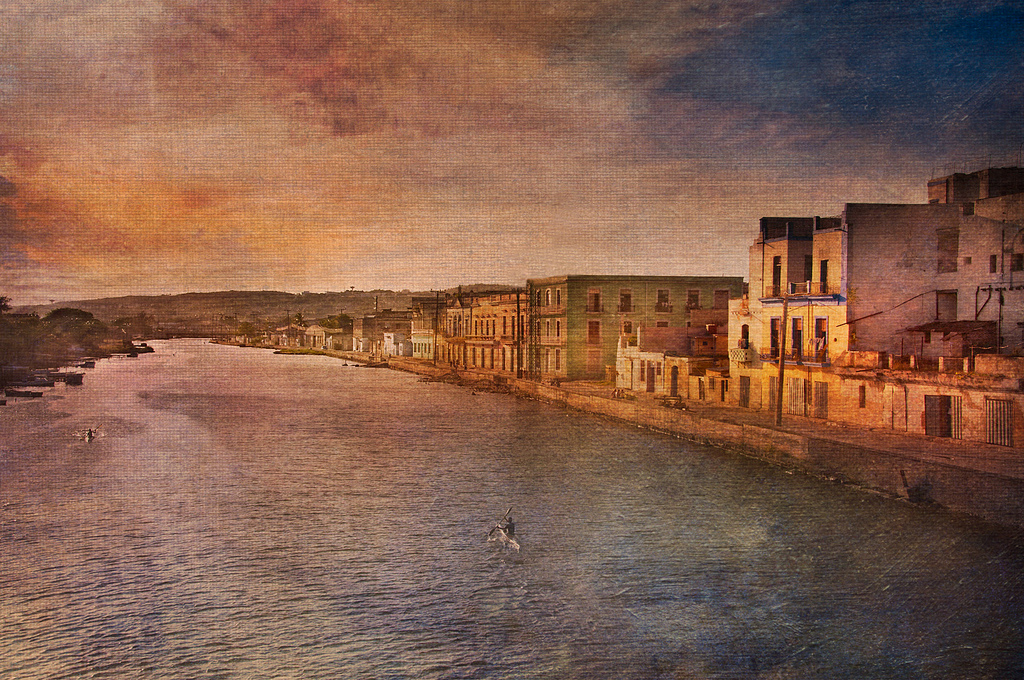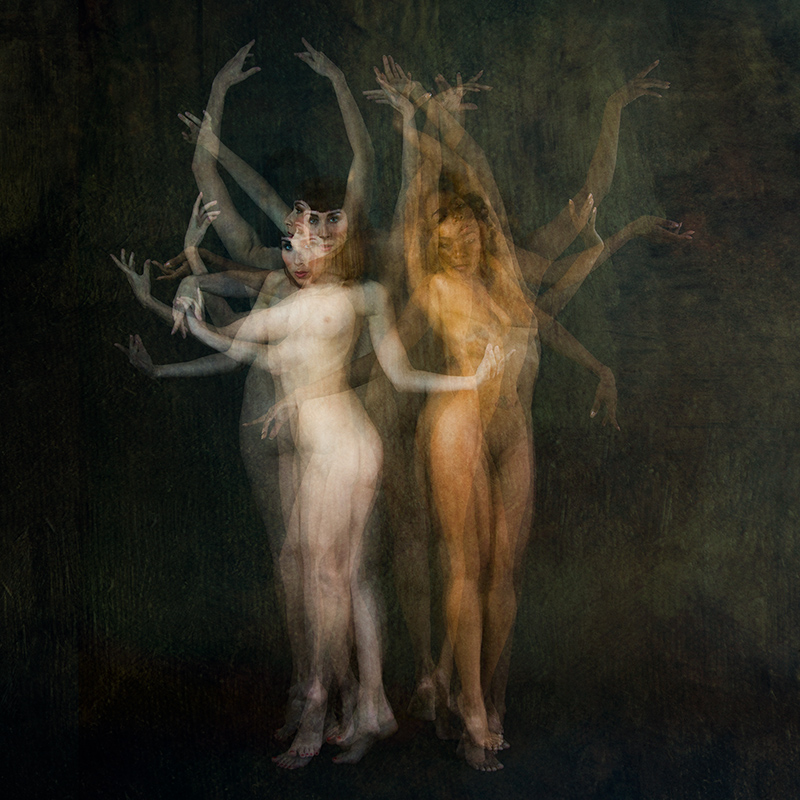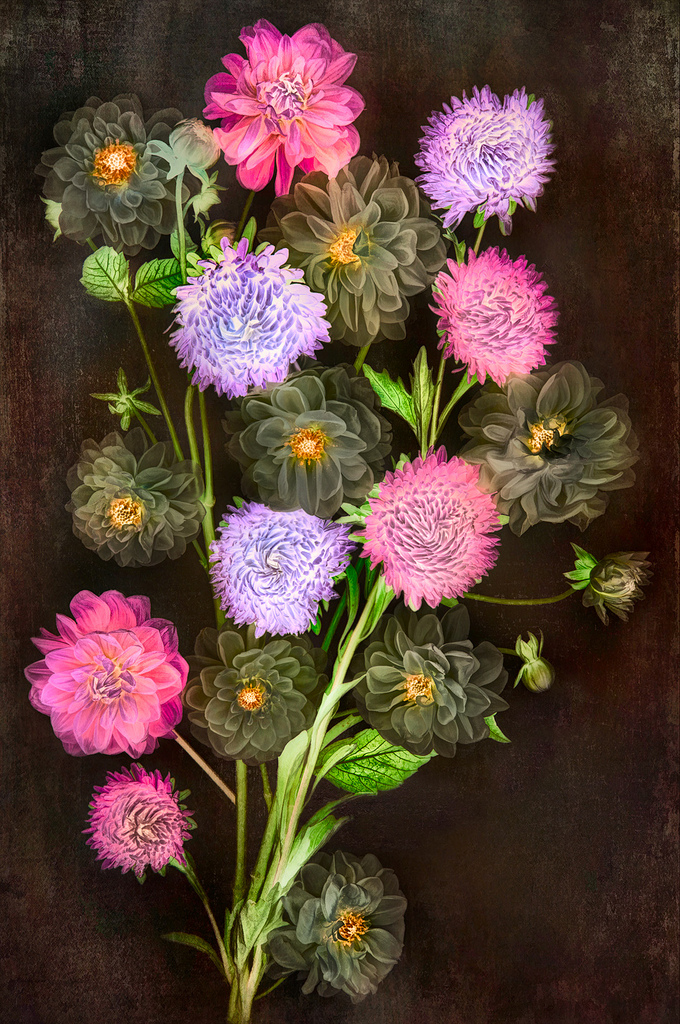What are backgrounds and textures, and what is the difference between a background and a texture?
Both backgrounds and textures are used as part of the process of finishing a digital image towards the end of a workflow in Photoshop (or another design program). As such, they should be an important tool in the toolkit of every photographer or digital artist who uses Photoshop.
A background is an image file on which the primary image is placed to add interest and compositional completeness to a primary image file. Examples of background files that have been successful include canvas, exotic papers, and so on. Note that the image file is placed over the background, and that the background normally extends beyond the primary image.
In contrast to the background, which resides under the image, textures are placed over the image, and are therefore also called “texture overlays.” In conjunction with creative use of blending modes, texture files essentially become a kind of unique, one-off filter, enabling original and unique effects, and changing (and enhancing) the characteristics of many kinds of imagery.

What kinds of images are good candidates for “texturization”?
Harold Davis says, “When I am looking for a ‘straight’ photographic effect I probably won’t be thinking about textures. Textures come into their own when the point of the image is to be partially ‘painterly’, in the most general sense of the term. I have successfully used textures with botanicals, landscapes, citiscapes, and even in figure studies.”
Where can I get backgrounds?
You can license image files that work as backgrounds from commercial stock photo agencies, and many of these are available royalty free. But we’ve found that the best way to create a library of backgrounds is to scan interesting paper or fabric using an inexpensive flatbed desktop scanner, if possible opening the scan directly into Photoshop.
Some of the textures available as part of commercial texture packs will also work as backgrounds.
What are the commercial sources for textures?
The best commercial sources for texture packs that we’ve found are Flypaper Textures and Florabella.
Can I make my own textures?
Absolutely. Most texture files are shot with a DSLR using a fast shutter speed and/or a tripod for sharpness. Look for paper, fabric and walls that have interesting, well, textures. It’s easy to create your own library of textures, and lots of fun to play with them! The right textures can give your imagery an absolutely unique look.
How do I add an image to a background?
In Photoshop, size the background file so that it is a little larger than the image file in all dimensions. Make sure that the bit-depth and color profiles of the background and image files are the same. Center the image file as a layer on top of the background file. Adjust blending mode and opacity of the image file layer to suit.
One approach (or “recipe”) that we’ve found works well is to change the opacity of the image file layer to 15%. Next, duplicate the image file layer, and change the blending mode to Multiply and the opacity to 85%.
Be sure the flatten the layer stack before moving on to the next step in your workflow!

How do I texturize an image?
To add a texture to an image file, place the texture file over the image file in a Photoshop layer stack. (Before adding the texture layer, make sure that both files have the same bit-depth and color profile.)
With the texture a layer above the image in Photoshop, change the blending mode and opacity to get the effect you want. This may take quite a bit of experimentation. Don’t give up if a texture doesn’t seem too spectacular in Normal blending mode. Switching blending modes can produce very surprising results.
What is the relationship of a texture to blending modes, and which blending modes work best with textures?
The power of texturizing comes into its own when coupled with the use of Photoshop’s blending modes. But finding the right blending mode takes a good bit of trial and error. What blending mode will work well depends on the color values (and lights and darks) in both the texture and the image file.
Some of the blending modes that tend to be most successful with texture overlay files are Normal (at low opacity), Screen, Multiply, Overlay, Soft Light, and Difference.

Where can I learn more about backgrounds and textures?
If you are interested in a thorough course on backgrounds and and textures, please check out my online class Photoshop: Backgrounds and Textures. Click here to view my course on LinkedIn Learning and here to view my course on Lynda.com. There is a free preview. The full course is behind the paywall, but note that a free trial subscription is available for one month.
My Webinar recording about how to use Backgrounds & Textures is also available (about 65 minutes, $19.95). Click here for the Webinar Recordings page, and here to learn more about our webinars.
